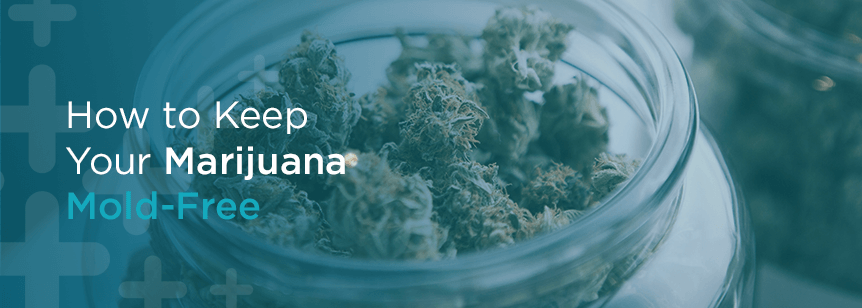
Mold is a ubiquitous part of life on Earth. It’s everywhere, indoors and outdoors. The exact number of mold species is unknown, but estimates range from tens of thousands to three hundred thousand or more.

Some molds are harmless, but many people are sensitive or allergic to them and can develop symptoms including red, itchy eyes and shortness of breath.
Since molds can survive in virtually any environment and are usually detectable year-round, it’s no surprise that they can be a problem for the cannabis/hemp industry. As with any agricultural crop, cannabis and hemp are susceptible to mold infestation, which can have serious consequences for both growers and users. Non-toxic powdery mildew, for example, is the most common fungus found in cannabis cultivation, and it can dilute the potency of flower and make extracts cloudy and discolored.
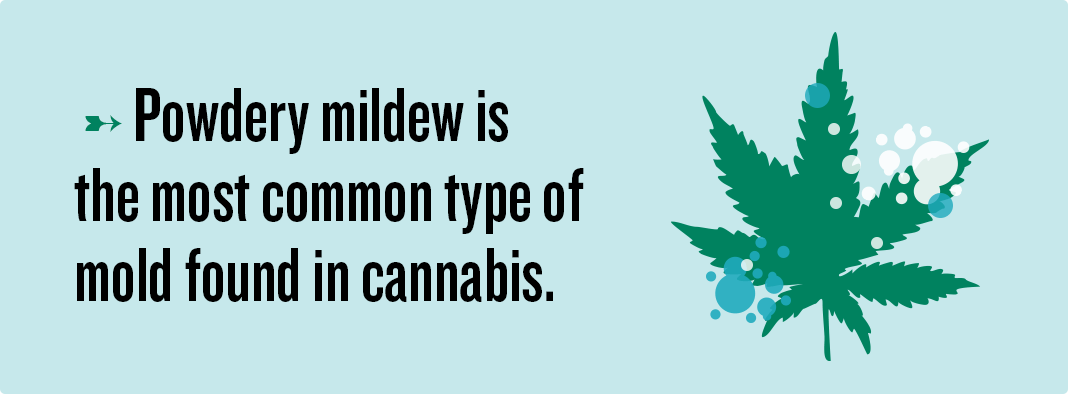
For users, consuming cannabis that contains mold can have serious health effects, depending on the method of consumption. “Mold is a huge problem,” said a budtender at Nature’s Cure dispensary in Irvine, California. “About 80% products may have mold.” He pointed out that there is a “lot of untested product out there.” The best way for consumers to avoid mold, he added, is to only buy lab-tested products from licensed stores.
Mold contamination can occur at any point in the cultivation process. It can afflict the plants while they’re growing in the fields, and then during curing, drying, storing, and even transporting. To reduce the risk of mold contamination, special care must be taken when growing and storing cannabis, primarily by controlling moisture in the environment. That can be difficult when growing plants outdoors, as too much rain, for example, can increase the risk of mold. Once a plant gets moldy, there is no way to treat it, so it’s a loss for the grower.
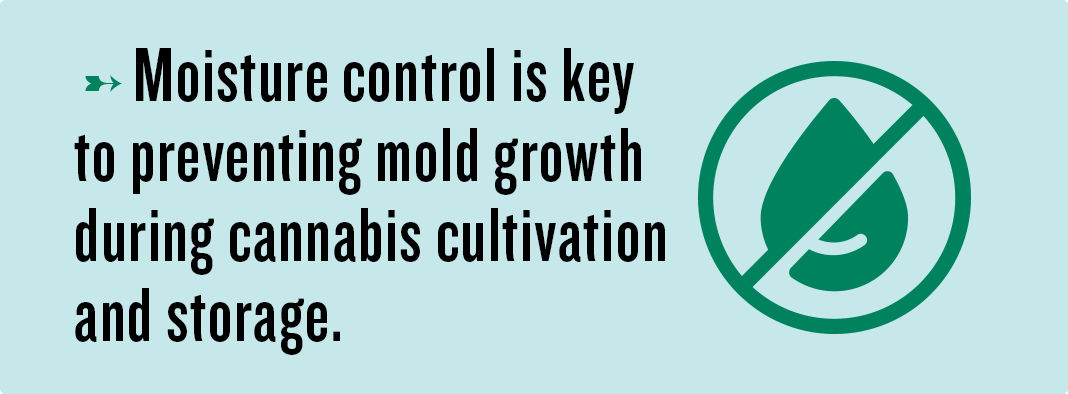
If you’re growing a small amount indoors, it is easier to take precautions. Mold spores are airborne, so HEPA filters and good ventilation are needed to keep the air clean and control moisture. Filters are highly effective, but can be expensive.
Marijuana storage has definitely evolved since the days of putting weed into a plastic baggie. But even with better storage methods, mold can still develop. Containers must be kept clean and dry to stop mold and mildew growth. Storage containers are most commonly made from glass or BPA-free plastic. Lids with rubber seals or air lock features will keep the vessel self-contained and air-tight.
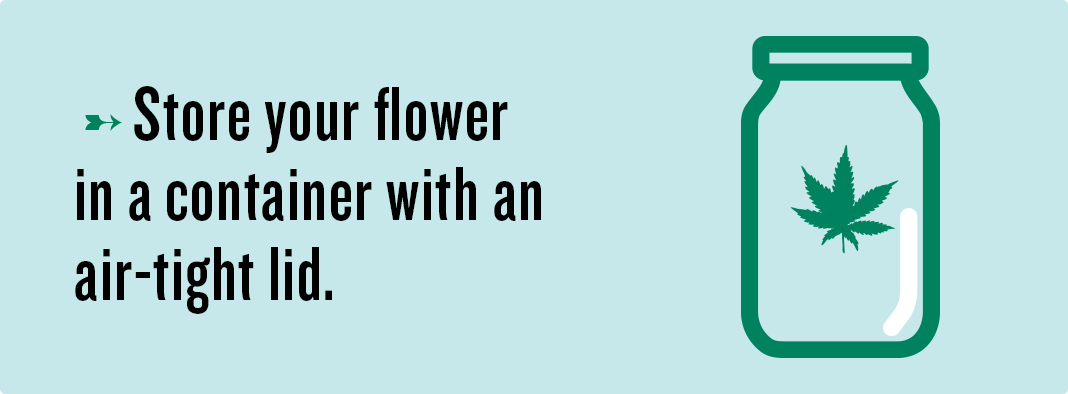
Clear or transparent containers allow you to inspect the contents without opening. Once a container is empty, it should be washed out thoroughly with soap and water and allowed to dry completely before it is used again for storage.
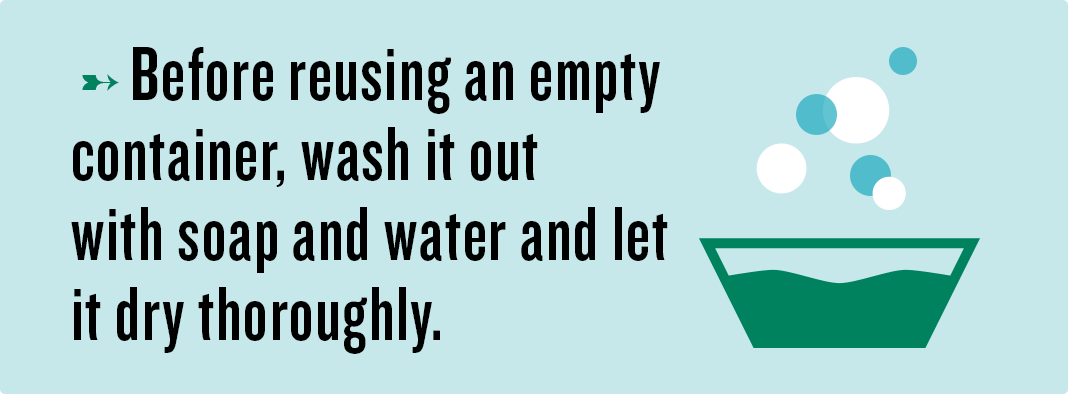
Smoking moldy bud can be harmful, especially for people with compromised immune systems. Several different yeasts and molds have been identified on cannabis plants, including some that are not known to be harmful to humans. But even if the organisms don’t themselves make people sick, they can trigger allergic reactions in some people.
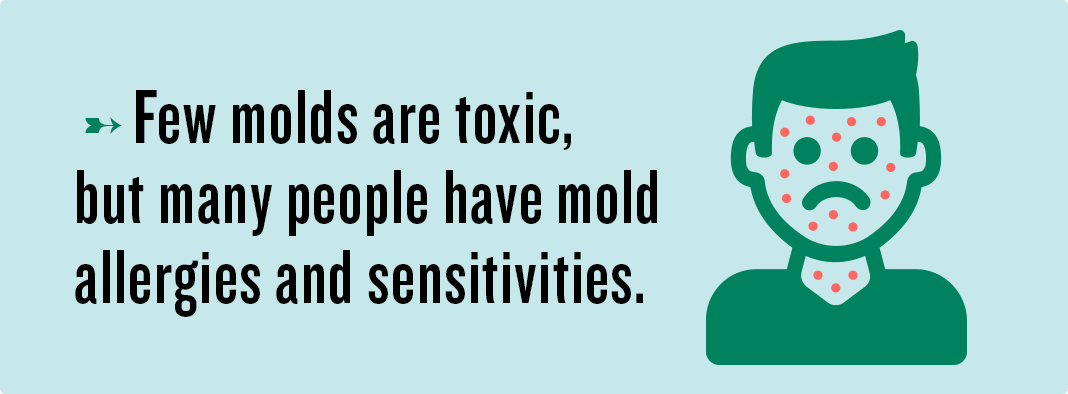
Harmful species of yeast and mold include Cryptococcus, Mucor, Aspergillus, Penicillium and Botrytis cinerea. Aspergillus is very common, and is linked to serious health problems, particularly among patients with lung damage or a weak immune system. In high-risk individuals, Aspergillus infection can lead to invasive pulmonary aspergillosis, which can spread from the lungs to the rest of the body and may be fatal if not treated appropriately. Another mold, Botrytis cinereal, destroys cannabis plants and can harm the lungs, although the risks are not as serious as with Aspergillus.
Unfortunately, there is no set standard for testing cannabis for mold, and regulatory requirements vary from state to state. As the federal government still considers cannabis to be a Schedule I substance, no nationwide system sets quality and safety standards. In other words, there is no Food and Drug Administration for the cannabis industry.
Cannabis batches are tested for various contaminants, but every state has different rules about what mandated testing should include. A growing number of states, including Florida, California, Washington, Colorado, and Connecticut, require third-party testing of cannabis dispensary products for contaminants such as fungus, pesticides, herbicides and other foreign substances.
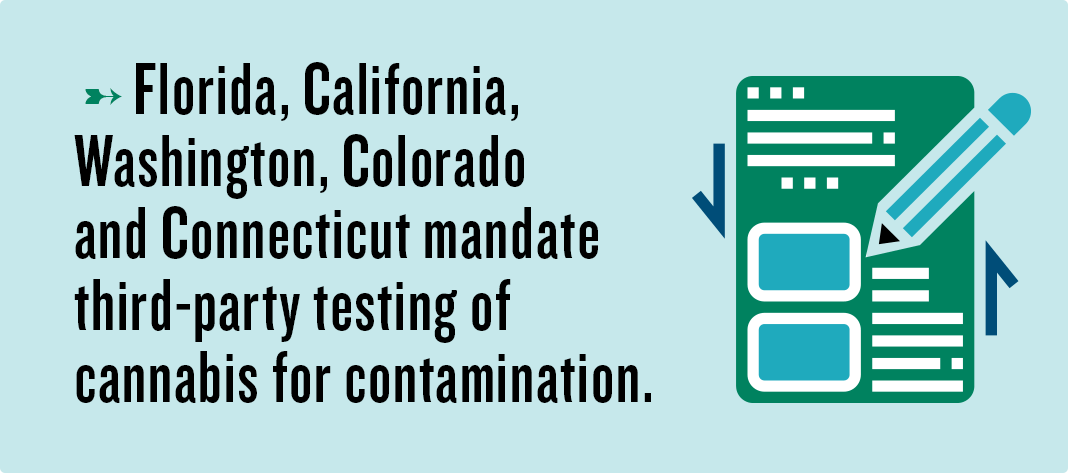
But in others, testing is done largely to assess potency, including THC levels, and not for contaminants.
Roxanne Nelson is a registered nurse who has written for a wide range of publications for healthcare professionals and consumers, including Medscape, The Lancet, Prevention, Scientific American, WebMD, American Journal of Nursing, Frontline, National Geographic, Hematology Adviser, American Journal of Medical Genetics and the Washington Post, among others.
No Information on MarijuanaDoctors.Com should be used to diagnose, treat, prevent or cure any disease or condition. You can view our Full Disclaimer here.